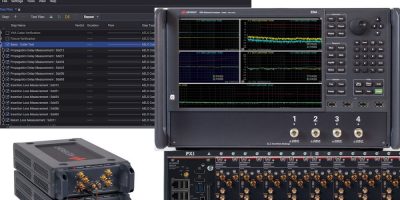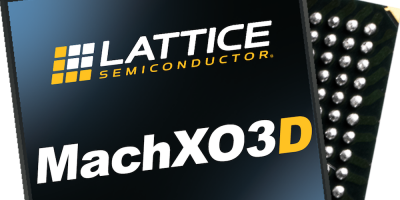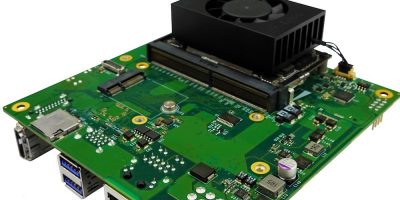Users of TensorFlow Lite for Microcontrollers can leverage the SensiML Analytics Toolkit which seamlessly integrates with Google’s TensorFlow Lite for Microcontrollers to reduce errors and to build more efficient models even more quickly, says SensiML.
The company, a subsidiary of QuickLogic, develops AI tools for intelligent IoT endpoints. IoT developers working with Google’s TensorFlow Lite for Microcontrollers open source neural network inference engine can leverage SensiML’s powerful automated data labelling and pre-processing capabilities to reduce dataset errors, build more efficient edge models, and do so more quickly, says SensiML.
Following the standardised workflow within the model building pipeline, developers can collect and label data using the SensiML Data Capture Lab, and also create data pre-processing and feature engineering pipelines using the SensiML Analytics Studio. They can additionally perform classification using TensorFlow Lite for Microcontrollers to develop smart sensor algorithms capable of running on low power IoT endpoint devices.
TensorFlow Lite for Microcontrollers is a version of TensorFlow Lite from Google, which has been specifically designed to implement machine learning (ML) models on microcontrollers and other memory-limited devices. According to SensiML, the Analytics Toolkit delivers the easiest and most transparent set of developer tools for the creation and deployment of edge AI sensor algorithms for IoT devices. The tightly coupled integration of SensiML and Google’s TensorFlow enables developers to build intelligent sensor AI algorithms capable of running autonomously on IoT edge devices, adds SensiML.
“Without high-quality datasets, it is difficult to train models that can perform reliably in production. We talk a lot about how critical datasets are to building sensor-based edge AI applications, but currently don’t have a good solution for creating them,” said Pete Warden technical lead of Google’s TensorFlow mobile team. “SensiML’s Data Capture Lab fills this gap in the industry by providing tools to quickly collect and annotate high-quality sensor datasets,” he added.
Referring to the TensorFlow Lite for Microcontrollers framework, Chris Rogers, CEO of SensiML says it is intended for running neural network models on embedded devices. “SensiML’s end-to-end workflow automates the tedious and error-prone data cleansing and labeling process as well as pre-processing and feature extraction providing a powerful new capability for TensorFlow Lite for Microcontrollers users to improve performance and productivity for their edge AI projects,” he said.
The SensiML Analytics Toolkit with support for TensorFlow Lite for Microcontrollers is available now from SensiML.







